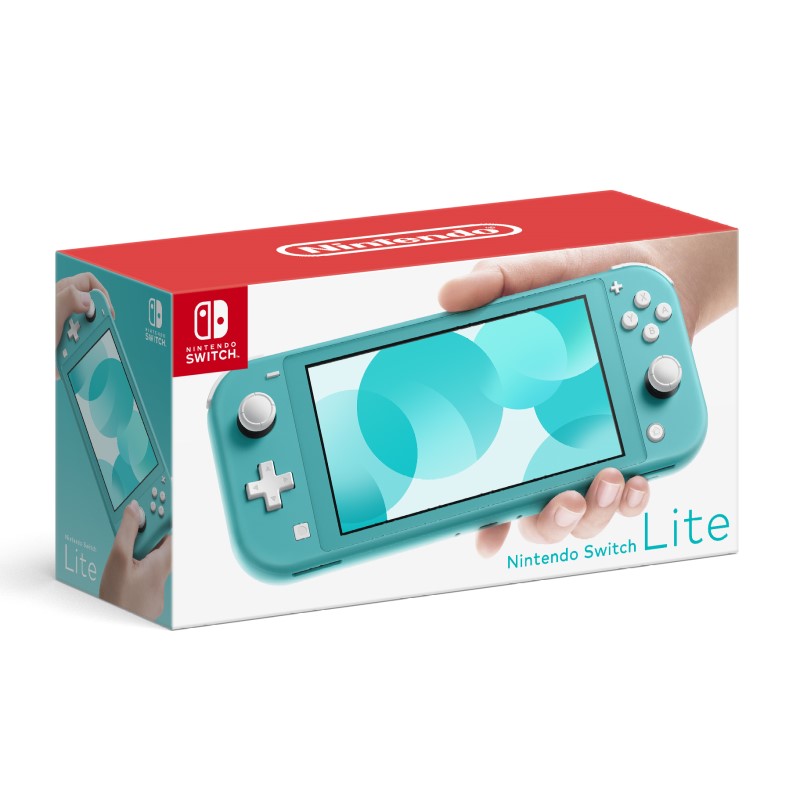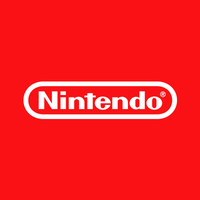Stripping back the Switch: Is simplification contrary to innovation?
by on 12th Jul 2019 in News

Nintendo has developed a reputation for doing things differently when it comes to developing new gaming hardware.
When the original Wii was revealed to come with a wand-shaped motion sensitive control, Nintendo reaffirmed itself as unafraid to forge its own path. Few industry observers around at the time will forget how it felt to see a Wii Remote for the first time. It was surprising, enthusing and invigorating.
The DS handheld, meanwhile, introduced two screens at a time when convention dictated that handhelds carried just one. The 3DS debuted glasses-free 3D at the very moment a new revolution in head-mounted VR hardware was endeavouring to establish itself. As far back as 1982, Nintendo introduced the iconic and still popular game input convention that is the D-pad. Sure, previous gaming machines had included controls that alluded to the D-Pad, but it was the Donkey Kong handheld Game & Watch that really established what a D-pad should be, and the Nintendo Famicom console that cemented the concept yet further.
So when Nintendo announced the Switch Lite earlier this week, it could have been deemed to have marked less than innovative thinking from a company that more typically thrives in daring to be different. After all, the Lite strips back many of the features that mark the Switch out as distinct. Nintendo, however, has a long tradition of bringing out simpler, cheaper and more accessible versions of its various consoles and handhelds. Before we have seen the Wii Mini, the 2DS and the Game Boy Micro, for example.
https://www.youtube.com/watch?v=jZOPC6J4fAA
Still, on first thought it's a little peculiar that the Switch Lite ultimately removes the full version's main feature. With the Lite you cannot 'switch' between handheld mode and displaying through a TV. That ability makes the fully-featured Switch both a capable home console and portable gaming machine. The Lite, meanwhile, exists as a straight up portable; it does not feature an output to TV.
And then there's the fact that the Lite has no removable Joy-Con controllers. On the Switch the player inputs beside the console's built in screen could be detached, essentially providing two undersized joypads. That ability allows gamers on the go to essentially turn their Switch into a 'portable multiplayer console' with its own screen and two controllers. (It should be noted here, however, that existing Joy-Cons can be connected to a Switch Lite.) The Lite also lack's it's forebearer's nuanced HD rumble feature, or the IR cameras used in titles like the Labo releases.
As such, the Switch Lite is a much more conventional handheld in the traditional form; a one-piece unit with built in screen and controllers. It would be easy here to accuses Nintendo of back tracking on their tradition of innovation. Except that Nintendo does innovation a little differently.
The company has long demonstrated a knack for delivering hardware, games and services based on proven technology, rather than boarding the hype train with whatever coming thing has the world's technology companies eagerly beguiled. Nintendo was cautious with embracing connected online gaming while Sony and Microsoft built their online platforms. It never rushed to release VR or AR hardware. You can bet the team don't have any block chain-based games in development.
Instead, Nintendo's innovations have on the whole been entirely distinct. We've seen the Wii Fit exercise board, cardboard construction toys in the guise of the brilliant Labo products, and more than one Nintendo-branded pedometer accessory.

Switch Lites can connect to fully featured Switches for multiplayer games.
Nintendo innovates by embracing the existing - the proven - and doing something special with it. And it rarely innovates for innovation's sake; though 1995's ill-fated Virtual Boy may have been a slip up there. The attempt to harness emerging 3D display technology was far from perfect.
And sometimes, Nintendo's approach to innovation manifests as simplification. The Switch Lite is cheap, sure; but it is also less physically complicated. That should make it more robust and less prone to damage. That might make it a much better option for younger gamer - and financially stretched families. But equally, a straight up handheld might just suit a more causal or less tech savvy audience. For all their innovative allure, the likes of screen-switching, docking and detachable mini gamepads might just seem a little to much for many consumers.
In the context of commercially released gaming hardware, innovation is all for nothing if sales are low. If simplification can widen the reach of a games console - or handheld - an trigger an uptake in unit's shifted, then that alone is a worthy innovation of and in itself.
The Switch Lite is a straightforward handheld with the capacity to play myriad different games. And that will be all a vast audience wants from a gaming hardware platform.
The Switch Lite is due to launch in the UK on September 20th, and while there is to be no defined RRP, retailers already appear to be coalescing around a £200 price-point.







Follow TheGamingEconomy